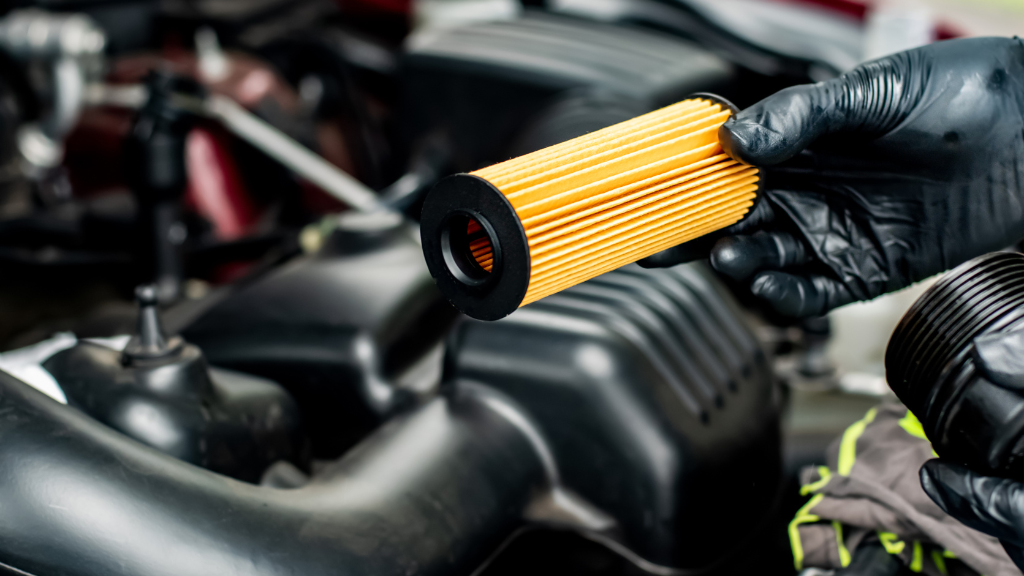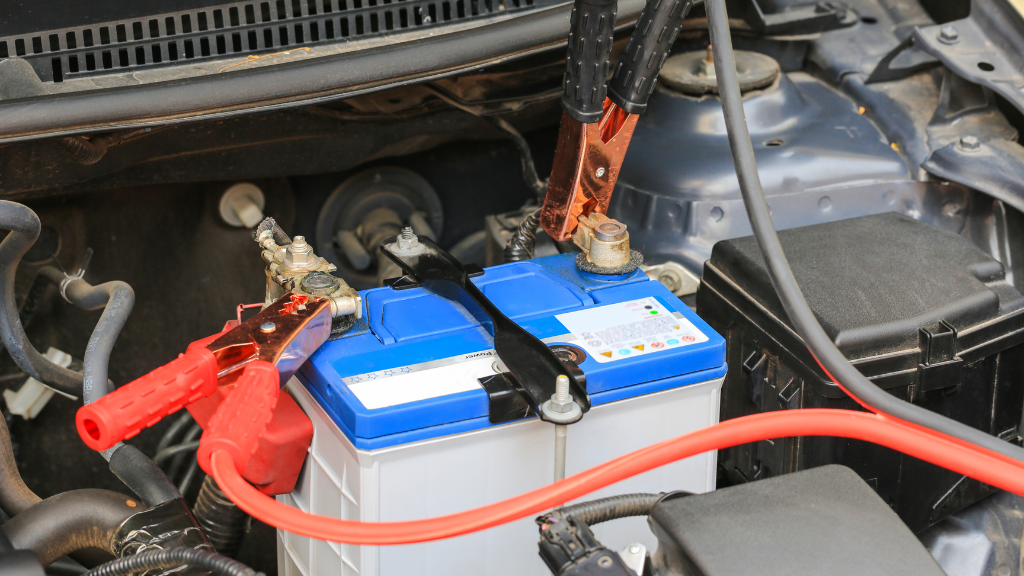Car maintenance services are essential for ensuring the longevity, reliability, and safety of cars. In this guide, we will explore different types of car maintenance services, including routine maintenance, preventive maintenance, and corrective maintenance. For each type, we will delve into their advantages, disadvantages, working procedures, frequency requirements, costs, and benefits, offering insights to help car owners understand and prioritize their car’s maintenance needs.
What are Car Maintenance Services?
Car maintenance services encompass a range of scheduled tasks and inspections aimed at ensuring the proper functioning, safety, and longevity of a car and services typically include routine tasks such as oil changes, tire rotations, brake inspections, fluid checks and top-ups, filter replacements, and overall system diagnostics. Car maintenance is essential for preventing potential issues, detecting early signs of wear or damage, and addressing them promptly to avoid costly repairs and ensure optimal performance. Additionally, regular maintenance of car engines helps maintain fuel efficiency, extend the lifespan of car components, and promote overall safety on the road.
Types of Car Maintenance Services
Car maintenance services are a variety of actions taken to keep your car running smoothly, safely, and reliably. These services can range from routine checkups and basic part replacements to more complex repairs. Regular maintenance helps prevent unexpected breakdowns, extends the life of your car, and ensures optimal performance. Different types of car maintenance services are given below.
|
Type of Car Maintenance Service |
Description |
| Tire Rotation | Moving tires from one position to another on the vehicle to promote even tread wear. |
| Brake Inspection | Examination of brake pads, rotors, and brake fluid levels to ensure safe braking performance. |
| Fluid Check and Top-Up | Inspection of fluid levels, including coolant, transmission fluid, power steering fluid, and windshield washer fluid, and topping up as needed. |
| Filter Replacement | Replacement of air filters, cabin air filters, and fuel filters to maintain clean airflow and fuel delivery to the engine. |
| Battery Inspection and Testing | Assessment of battery condition, checking for corrosion, and testing its charge and capacity. |
| Spark Plug Replacement | Replacement of spark plugs to maintain proper ignition and engine performance. |
Car Maintenance Services: A Breakdown by Type
Car maintenance refers to the regular upkeep and servicing of a vehicle to keep it functioning properly and safely. This can include tasks such as changing the motor oil and air filter, checking and rotating tires, and inspecting the brakes and suspension. Different types of car maintenance services are given below.
1. Oil Change
An oil change involves draining the old engine oil and replacing it with fresh oil, along with replacing the oil filter. This service ensures proper lubrication of the engine’s moving parts and helps maintain engine cleanliness.

-
Advantages:
- Extends the lifespan of the engine by reducing friction and wear on critical components.
- Helps maintain optimal engine performance and fuel efficiency.
2. Tire Rotation
Tire rotation involves moving each tire from one position to another on the vehicle at regular intervals. This helps promote even wear of the tires and extends their lifespan.

-
Advantages:
- Ensures uniform wear across all tires, maximizing tire longevity.
- Helps maintain proper vehicle handling and traction.
3. Brake Inspection
Brake inspection involves examining the condition of brake pads, rotors, calipers, and brake fluid levels to ensure safe braking performance.

-
Advantages:
- Helps identify and address brake system issues before they become safety hazards.
- Ensures reliable braking performance, reducing the risk of accidents.
4. Fluid Check and Top-Up
Fluid check and top-up involve inspecting fluid levels, including coolant, transmission fluid, power steering fluid, and windshield washer fluid, and replenishing them as needed.

-
Advantages:
- Ensures proper vehicle operation and prevents overheating or mechanical damage.
- Helps maintain optimal fluid levels for various vehicle systems.
5. Filter Replacement
Filter replacement involves replacing air filters, cabin air filters, and fuel filters to maintain clean airflow and fuel delivery to the engine.

-
Advantages:
- Improves engine performance and fuel efficiency by ensuring proper air and fuel filtration.
- Helps maintain interior air quality by removing airborne contaminants.
6. Battery Inspection and Testing
Battery inspection and testing involve assessing the battery’s condition, checking for corrosion, and testing its charge and capacity.

-
Advantages
- Helps prevent unexpected battery failures and vehicle breakdowns.
- Ensures reliable starting power and electrical system performance.
7. Spark Plug Replacement
Spark plug replacement involves replacing worn or fouled spark plugs to maintain proper ignition and engine performance.

-
Advantages:
- Improves engine efficiency, fuel economy, and overall performance.
- Helps prevent misfires, rough idling, and starting issues.
8. Belt and Hose Inspection
Belt and hose inspection involves examining the condition of drive belts and hoses for signs of wear, cracks, or leaks, and replacing them as necessary.

-
Advantages:
- Prevents unexpected belt or hose failures, which can lead to engine overheating or mechanical damage.
- Helps maintain proper engine cooling, air conditioning, and power steering operation.
Conclusion
There isn’t a single best car maintenance service, but rather a combination of services that work together to keep your car in top shape. Here’s why a well-rounded approach is key:
- Prevention is Key: Regular maintenance like oil changes, tire rotations, and air filter replacements might seem basic, but they prevent small problems from turning into expensive repairs. They also optimize performance and fuel efficiency.
- Addressing Specific Needs: Some services cater to specific parts or systems. Tune-ups ensure proper engine function, while brake pad replacements maintain safe stopping power. These become essential at recommended intervals.
- Long-Term Benefits: Regular maintenance extends the lifespan of your car and helps it retain its value.









Leave a Reply